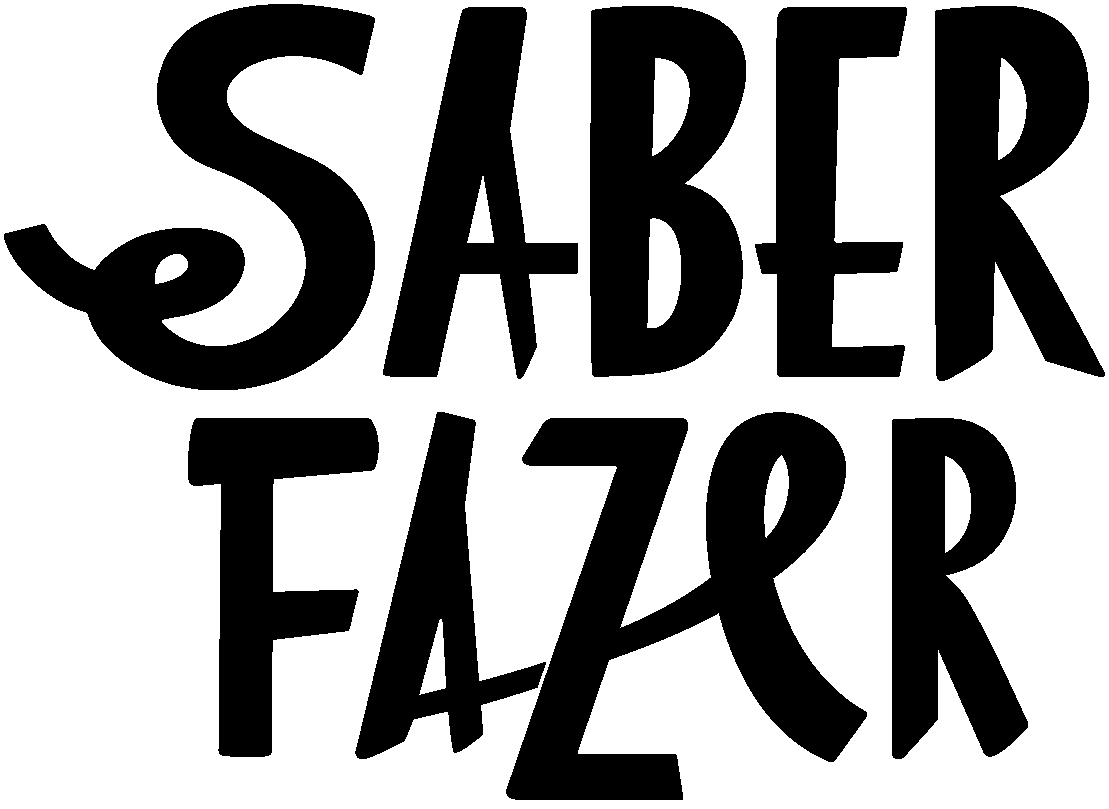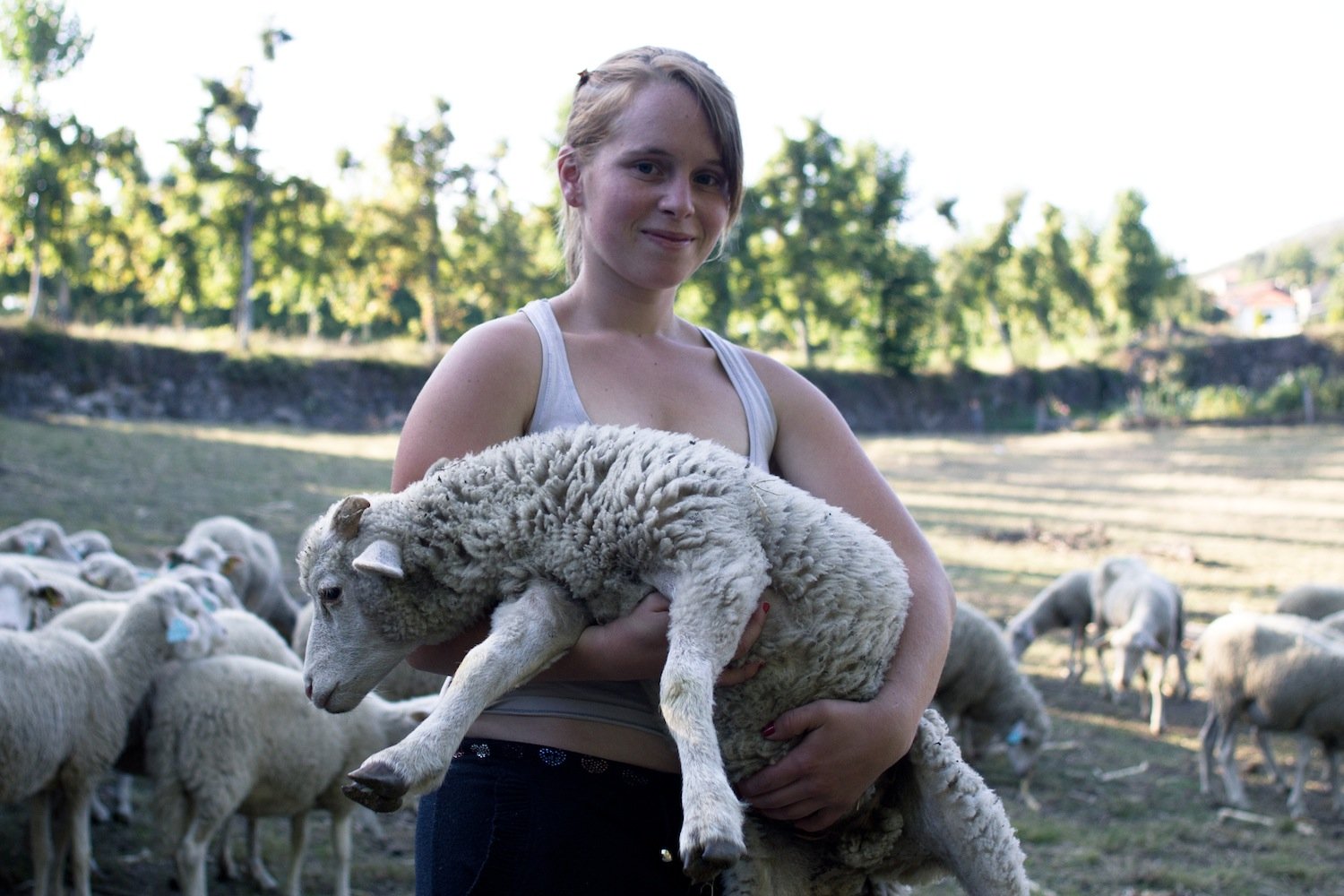o rebanho da Casa da Lã
Na segunda-feira fomos conhecer um dos rebanhos de onde vem a lã com que trabalham as Mulheres de Bucos.
Por lá, quando falamos com quem trabalha a lã, esta é sempre distinguida em apenas dois tipos: a lã brava e a lã meirinha.
As ovelhas bravas, que vim a saber que são as autóctones Churras do Minho, são as ovelhas que pastavam livremente no monte e não com o gado, daí a “brava”. São pequenas e o velo é mais comprido, oleoso e áspero do que o das meirinhas, o que seria de esperar de uma ovelha não tão domesticada.
Meirinha, que não duvido que seja uma adaptação de “merina”, usa-se para definir a lã que é mais macia e vem das ovelhas mais domesticadas, que pastam com o gado. Neste caso, por aqui a raça é a Bordaleira Entre Douro e Minho, também autóctone. Seriam outras se, recentemente, a população não tivesse aderido aos apoios destinados a assegurar a preservação da espécie e não tivesse feito a conversão das ovelhas de raça brangaçana que tinham anteriormente.
Numa altura em que a lã é considerada um subproduto que acontece quando se criam ovinos para carne, há muita gente que abandona a lã tosquiada pelos campos por não saber como lhe dar uso.
Last monday we went to see the sheep where the wool spun by the Women of Bucos come from. Over there, the women have only two terms to differentiate the wool they work with: the “lã brava” (something like wild wool) and the “lã meirinha”.
I came to know that those "wild" sheep (bravas) are actually the local Churras do Minho - a kind of sheep that used to graze freely through the hills (hence the “wild” definition). They are small and their fleece is longer and not so soft as the one from the “meirinhas”. I think this would be expected from a wild sheep.
"Meirinha", that I’m pretty sure to be a portuguese adaptation of the word Merina, is used to define all the wool that comes from more domesticated sheep, that graze with the normal cattle. In this case, it is the Bordaleira Entre Douro e Minho, also local.
It could be another race if, recently, the population hadn’t been receiving support to have local races like the Churra and the Bordaleira, and hadn’t made the conversion from the Bragançanas they had previously.
In a time where wool is considered a byproduct of raising sheep for meat, there are a lot of people that abandon it throughout the fields after the shearing, because they simply don’t know what to do with it.


